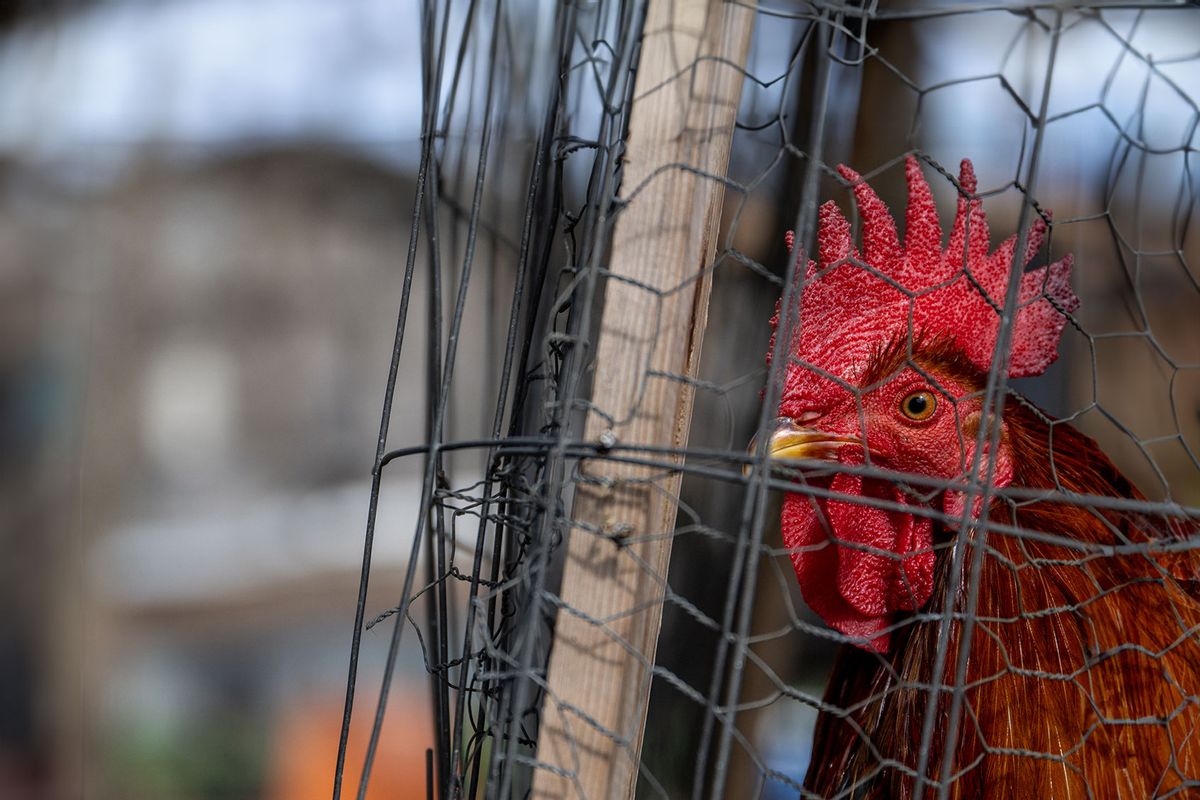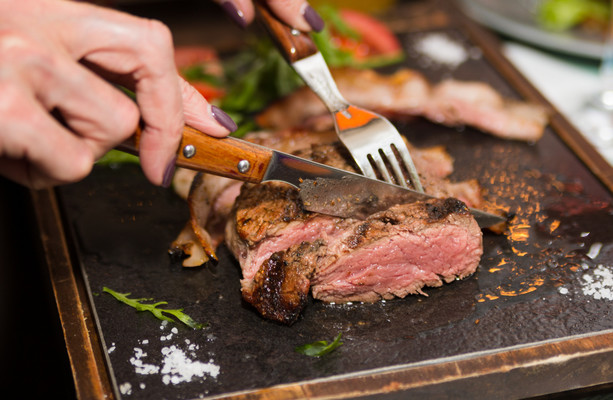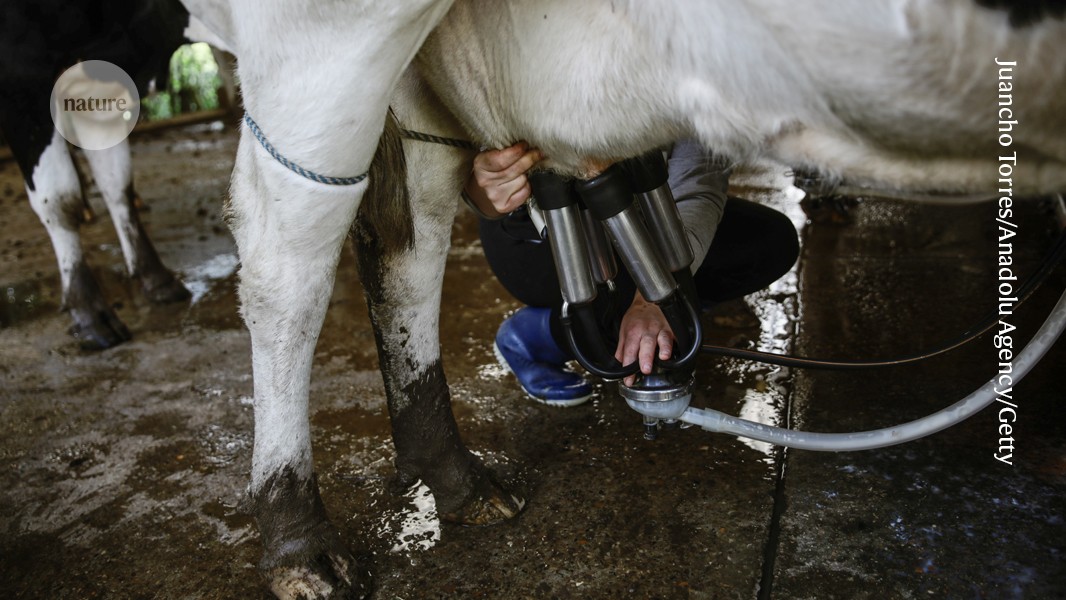Important: If you’re on the suspese list rather than being fully removed (unsure if that’s the case here), you might still be able to vote but will need to show proof of residence. Contact your registrar to check that and ask them about it
If voters find out they’re still on the suspended list after having shown up at their polling places on Election Day, they can still vote after they complete a “statement of residence” form.
Voters with suspended status who may have moved to other counties will be required to vote in the counties where they previously resided or may be asked to submit provisional ballots.
https://www.nbcnews.com/news/latino/texas-voter-purge-warning-ballots-abbott-rcna168811
As a note to all: Check your voter registration status today as deadlines are very fast approaching (or even already past in some states)
















Most people actually voted in favor of the florida abortion ammendment. The threshold is just unusually higher (60%) than most states. It was close to 60% but just a little shy at around 57%
With a different national environment with just a bit higher dem turnout, it probably would’ve passed